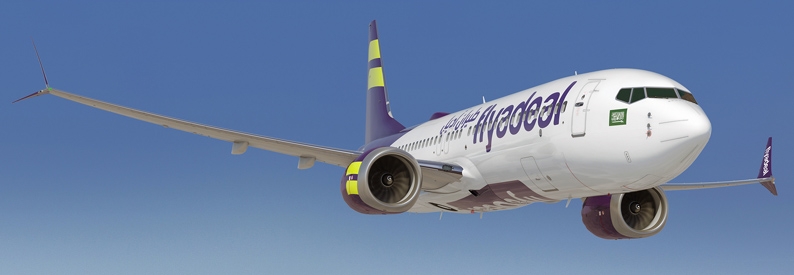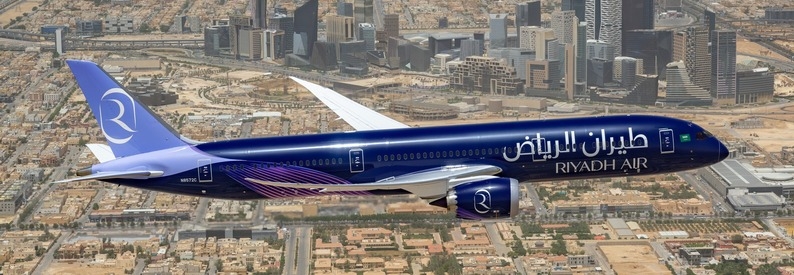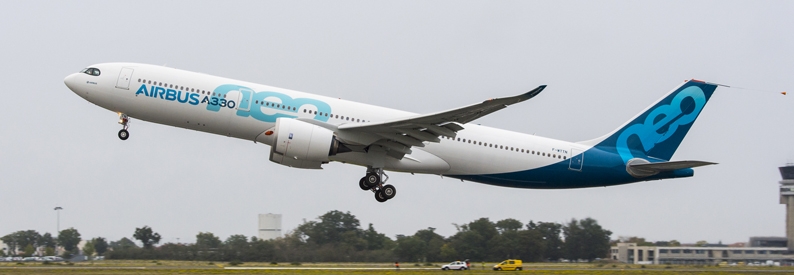Saudi Arabia’s Crown Prince Mohammed bin Salman has confirmed press reports that the kingdom is planning to establish a second national airline as part of a new national strategy to turn Saudi Arabia into a global logistics hub in line with his Vision 2030 to diversify the economy away from oil, the state-sponsored Saudi Press Agency (SPA) reports.
The Crown Prince, on June 29, launched a National Strategy for Transport and Logistics, which aims to consolidate the kingdom’s position as a global logistics hub by exploiting its geographical position between Europe, Africa, and Asia.
The strategy aims to leapfrog Saudi Arabia into 5th place globally for air transit traffic by creating another national state carrier, increasing the country’s connectivity to more than 250 international destinations to boost the Hajj, Umrah, and tourism sectors, and to double the capacity of the kingdom’s air cargo sector to more than 4.5 million tons, he said.
Bin Salman gave no further details on when and how the airline would be created. Local media reported earlier this month that the kingdom’s sovereign wealth fund, the Public Investment Fund (PIF), planned to build a new airport in Riyadh as part of the new airline launch, without giving further details.
Current flag carrier Saudia (SV, Jeddah International) has one of the smallest airline networks in the region relative to its size. Saudia has struggled with losses for years and, like global peers, has been hit hard by the pandemic.
Meanwhile, the logistics strategy – which includes the development of ports, rail, and road networks - could potentially boost annual non-oil revenues to reach SAR45 billion riyals (USD12 billion) by 2030, bin Salman said. The objective is to increase the transport and logistics sector’s contribution to the gross domestic product (GDP) from 6% to 10%, he added.
He mooted ports that could handle up to 40 million containers annually; and expanding the rail network to 8,080 km, including a 1,300km “land bridge” project - with a capacity of more than 3 million passengers and 50 million tons of freight annually – that would link the kingdom’s ports on the Arabian Gulf coast with its ports along the Red Sea.








